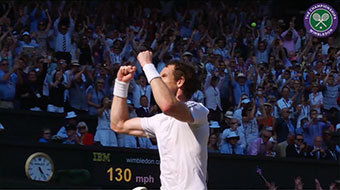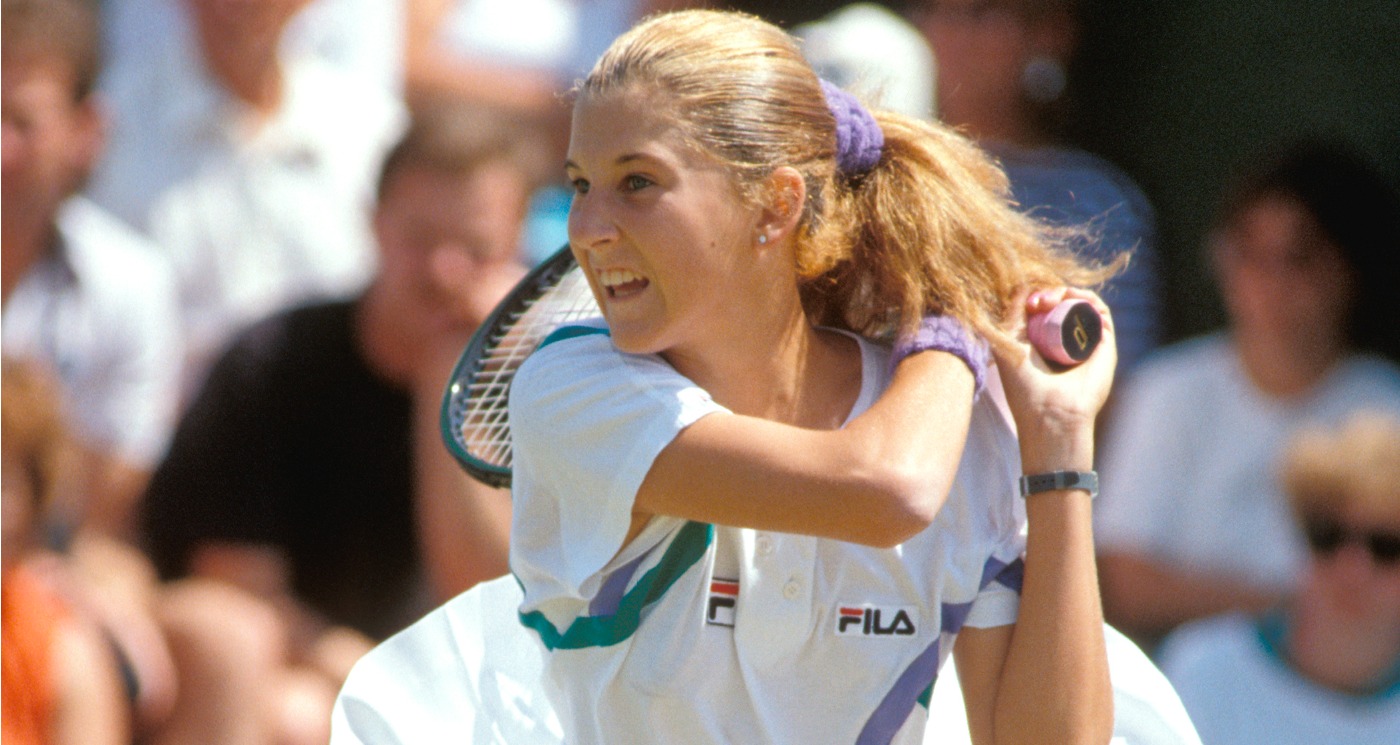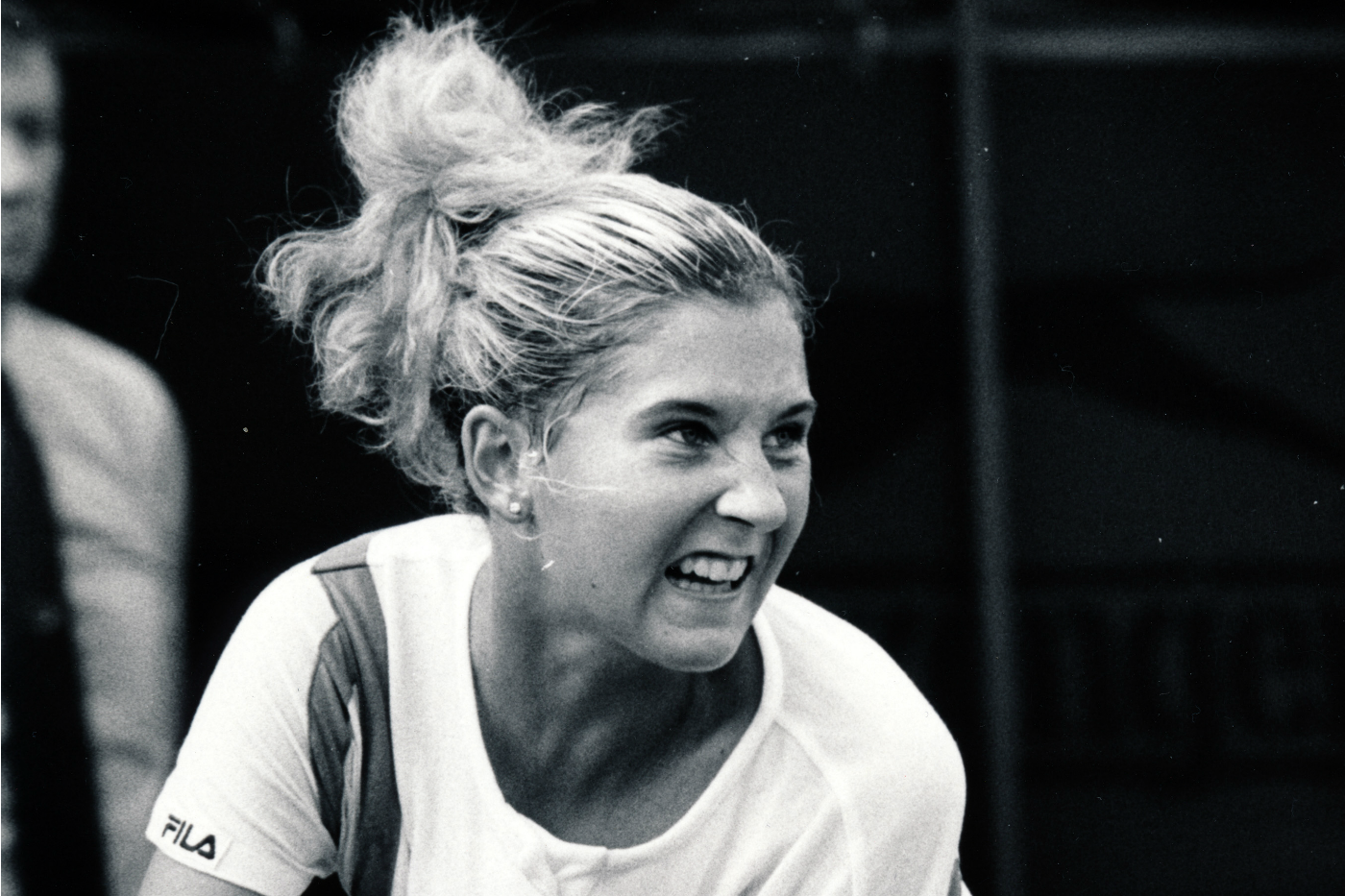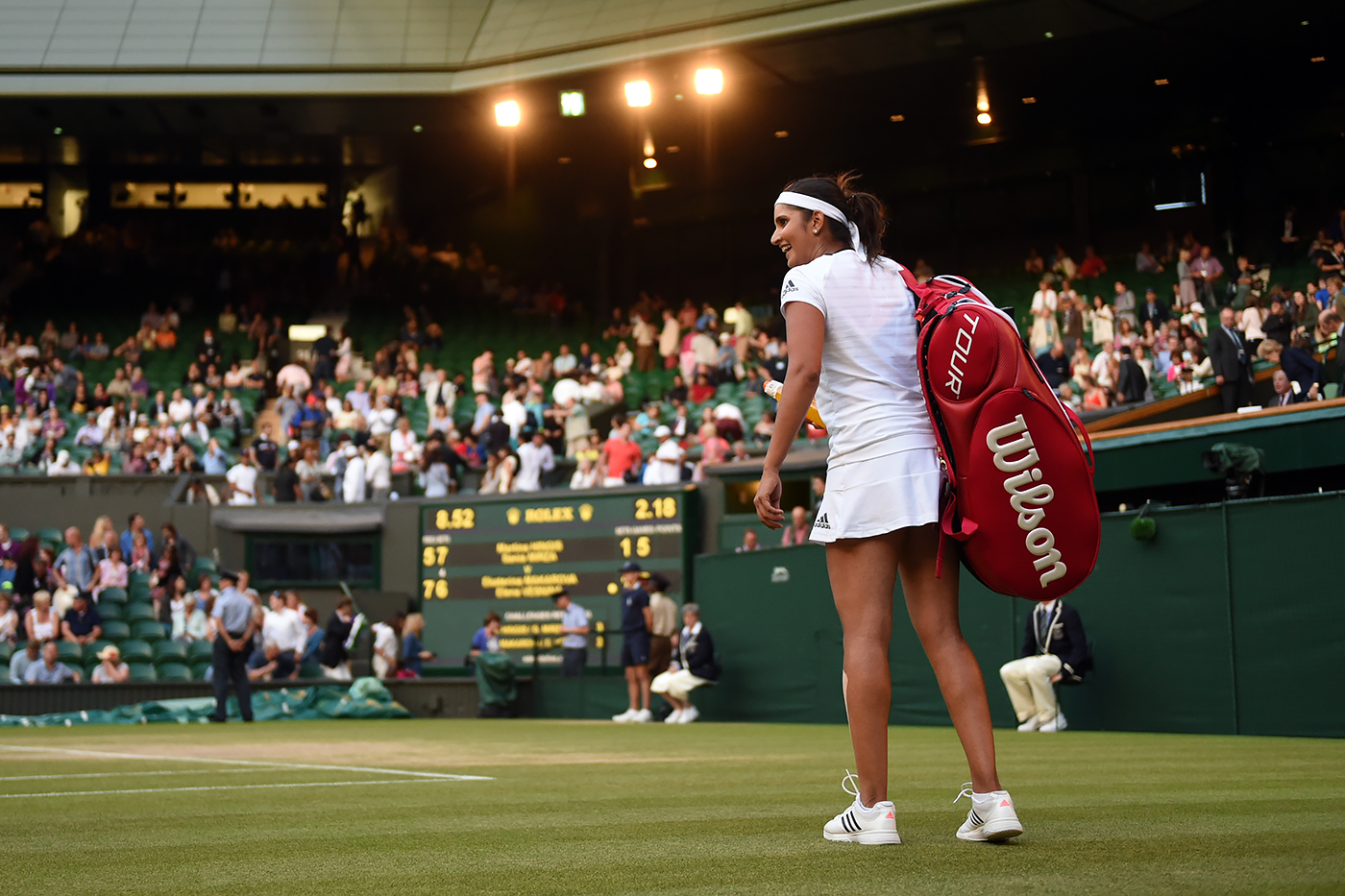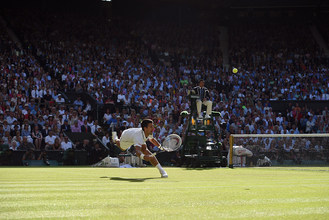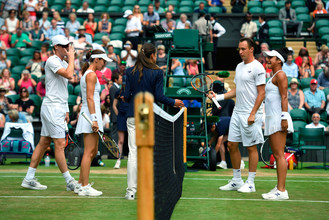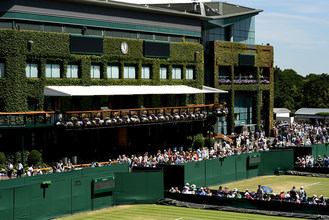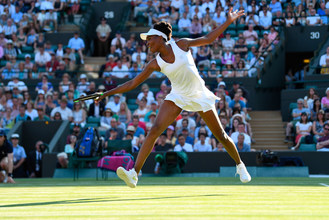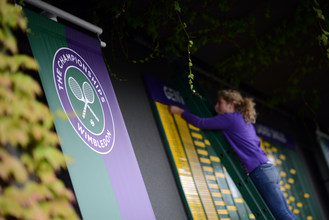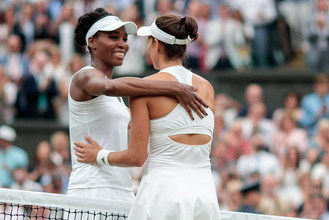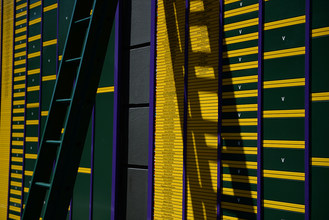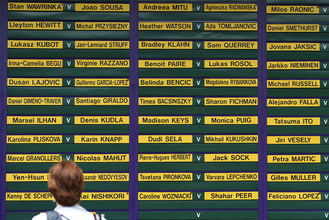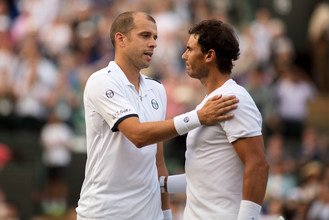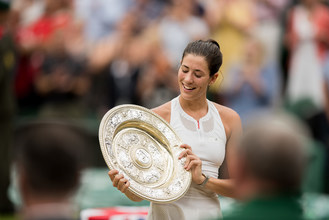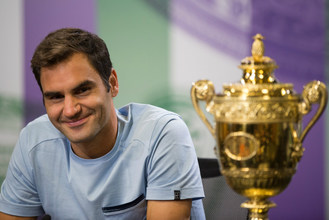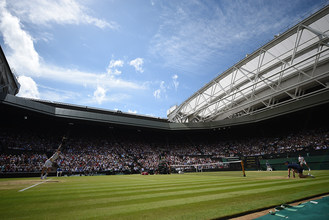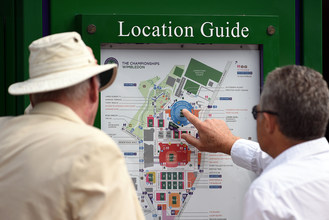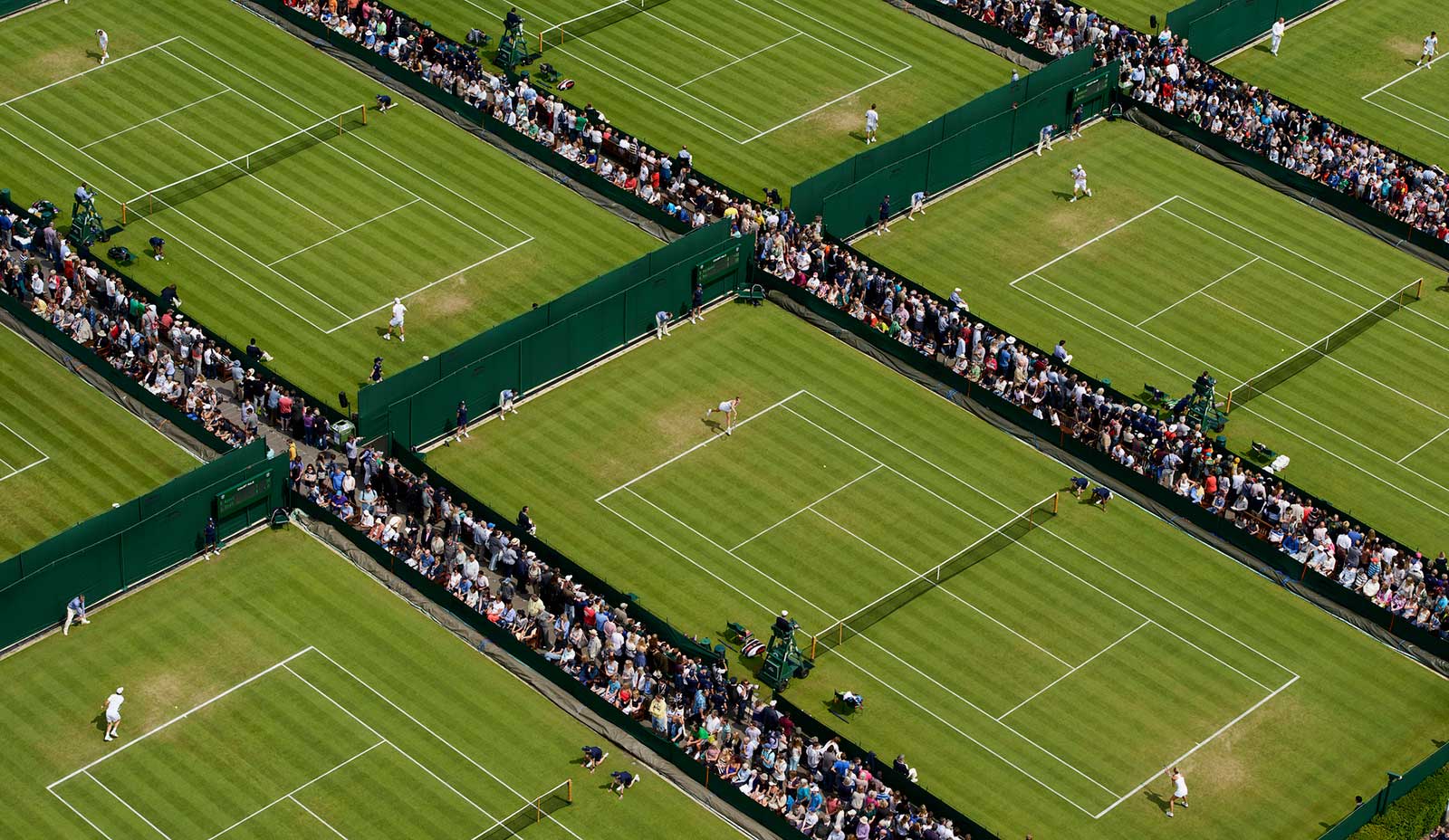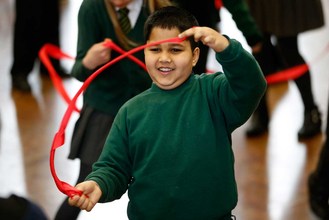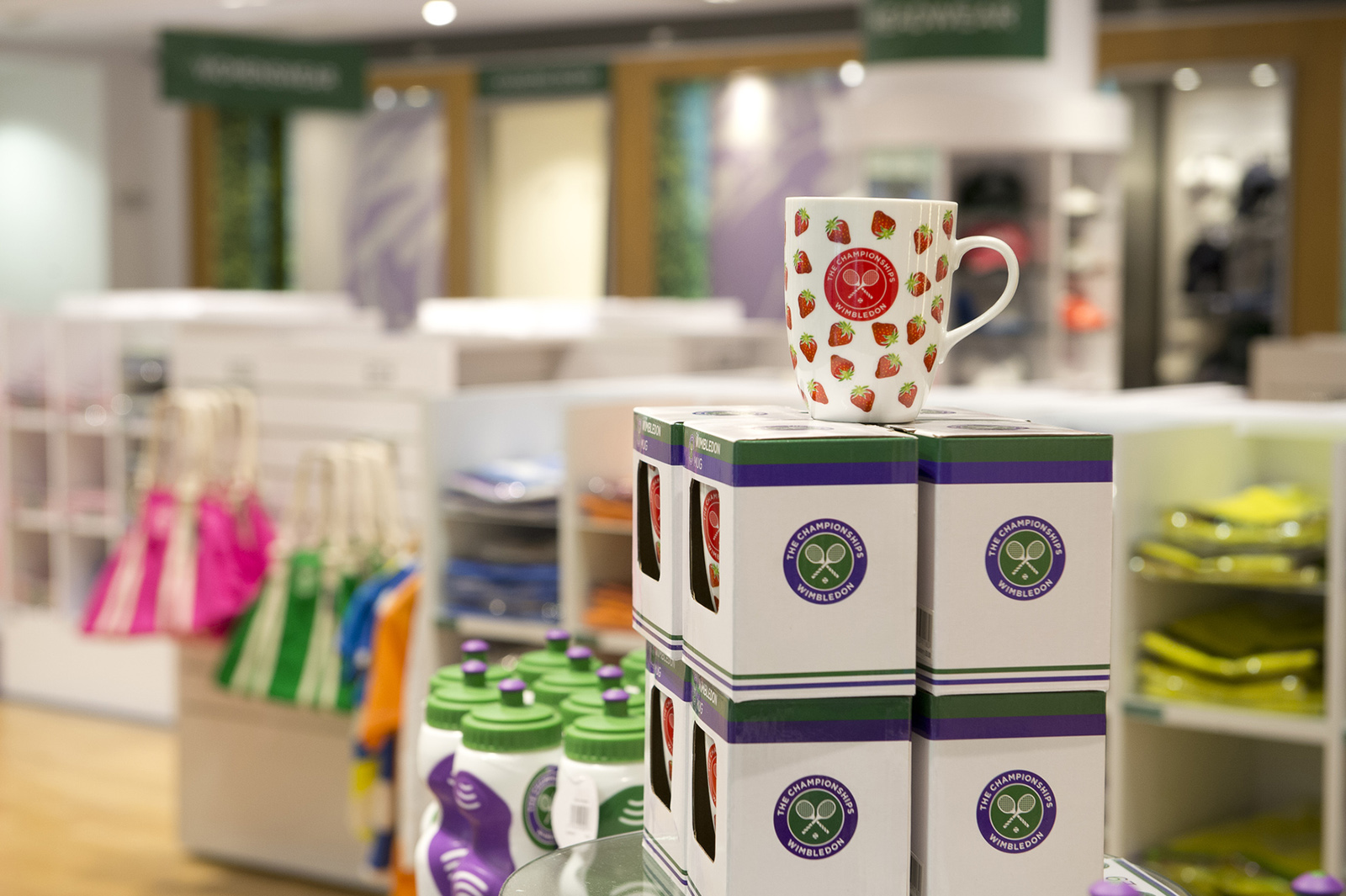Who was the greatest female player never to win Wimbledon? Justine Henin would no doubt feature in the discussion but statistically there can be only one choice. Since the world rankings were launched in 1975, Monica Seles is the player who has topped the charts for more weeks than anyone else without ever winning a Wimbledon title.
Seles, who last led the rankings exactly 20 years ago, was world No 1 for a total of 178 weeks. Each of those players who have topped the rankings for longer – Steffi Graf (377 weeks), Martina Navratilova (332), Serena Williams (309), Chris Evert (260) and Martina Hingis (209) – were All England Club champions. Henin (117 weeks) is the only other woman who has spent 100 weeks or more at the top of the rankings.
For all her time at the top, Seles made the final of the Ladies’ Singles only once in her nine appearances at The Championships. By her own admission she never mastered grass-court tennis, though there was more to her Wimbledon disappointments than technical weaknesses.
As she later revealed in her autobiography, “Getting a Grip”, Seles was troubled by depression, by binge-eating and by her struggle to come to terms with the death of her father from cancer, not to mention the trauma of her stabbing by a spectator in 1993 and her subsequent attempts to reclaim her former glories. She also had to cope with criticisms of her on-court grunting, which for a while were a focus of British media interest at The Championships.
Seles was born in what is now Serbia in 1973 to Hungarian parents. Of the eight Grand Slam tournaments she contested between the 1991 and 1993 Australian Opens she won seven of them and was runner-up at the eighth. She is the only woman in the Open era to have won her first six Grand Slam finals.
Seles was just 15 when she made her debut at The Championships in 1989. She won three rounds before being given a lesson by Graf, the reigning champion, who won 6-0, 6-1. Seles’ nerves might not have been helped by the fact that she had been given a lesson in how to curtsy just before the match, which was watched by Princess Diana. One year later Zina Garrison got the better of Seles in the quarter-finals, winning 3-6, 6-3, 9-7.
Having had to pull out of The Championships 1991 because of injury, Seles’ next appearance at the All England Club was in 1992. She had just won the French Open for the third year in a row and was the reigning US Open and Australian Open champion.
Seles eased through her first four rounds, but in the quarter-finals her opponent, Nathalie Tauziat, complained to the umpire about her grunting.
Seles, who nevertheless won 6-1, 6-3, was a set up in her subsequent semi-final against Navratilova when the nine-times champion also protested about the noise coming from the other side of the net.
After making an effort to be quieter, Seles lost the second set tie-break. “It was like trying to change my two-handed forehand,” Seles recalled in her autobiography: “I simply didn’t know how to play tennis without those loud exclamations accompanying every swing.”
The episode clearly upset Seles. Although she went on to beat Navratilova 6-2, 6-7(3), 6-4, her grunting was still a major topic for the media in the build-up to the final. Seles set out to keep her noise down in the final against Graf, but the spark was missing from her game and she lost 2-6, 1-6.
“If there’s anything positive that came out of the nightmare that unfolded in slow motion on Centre Court that day, it’s that I experienced a harsh lesson in people pleasing: Don’t do it,” Seles wrote later.
“The danger in being a people pleaser is that you often end up never pleasing the person who matters the most: you. It would take years before this would sink in.
Nineteen ninety-two turned out to be my only appearance in a Wimbledon final and I let it slip right out of my hands so people would like me. It wasn’t worth it.”
The psychological effects of Seles’ stabbing on court in Berlin by a deranged Graf fan the following spring were devastating. Physically she recovered reasonably quickly, but she did not play again for more than two years. Indeed, she won only one more Grand Slam title, at the 1996 Australian Open.
Distressed by her father’s illness and struggling to cope with her eating disorder, Seles never weighed more at a Grand Slam event than she did at The Championships 1997. At 12st 6lb (which she said was more than two stone heavier than her optimum weight) she was having trouble with her knees and was knocked out by Sandrine Testud in the third round.
Seles made the quarter-finals in 1998 and 2000, losing to Natasha Zvereva and Lindsay Davenport respectively. Encouraged in 2002 by her performances at the Australian Open and the French Open, where she reached the semi-finals and quarter-finals respectively, she went on to make her last appearance at The Championships.
“Back in 1992 I thought I’d have plenty of time to win on those grass courts,” Seles wrote. “Time slipped away faster than I ever could have imagined and I wanted to try again. I didn’t want to live with the regret that I didn’t at least try.”
In the 2002 quarter-finals Seles faced Henin, who had lost all four of their previous meetings. Seles led 5-4 in the opening set and 4-1 in the second but was undermined by her own negative thoughts and lost 7-5, 7-6(4). “The last chance I’d probably ever have to make a run in Wimbledon was over,” she said.

